Rourkela: A research team at NIT Rourkela has developed a bioink that could improve bone repair techniques by eliminating the need for traditional bone grafts and metal implants.
The team from NIT Rourkela, led by Prof Devendra Verma from the Department of Biotechnology and Medical Engineering, designed the bioink using natural materials that promote bone regeneration.
Addressing Challenges in Bone Repair
Bone grafting and metal implants are commonly used for treating bone damage, but both methods have limitations. Grafting often requires additional surgery, leading to pain and risks of rejection, while metal implants may not integrate well with natural bone.
Researchers are exploring 3D bioprinting as an alternative, but existing bioinks require lengthy preparation before use, making them difficult to implement in clinical settings.
How the Bioink Works
The bioink developed at NIT Rourkela remains liquid at room temperature but solidifies into a gel when exposed to body temperature and pH. This property allows direct application to bone injuries, reducing the need for complex surgical procedures.
The formulation includes chitosan, gelatin and nanohydroxyapatite materials that support bone regeneration by enhancing stem cell attachment and differentiation.
Patent and Future Applications
The research has been published in the Journal of Biomaterials Science and Carbohydrate Polymers, and the technology has been granted a patent (Patent No. 562791, Application No. 202331054665).
The bioink has potential applications in treating large bone defects caused by injuries, infections, or surgeries, particularly in reconstructive procedures for the skull and face. It could also be used in research for bone tissue engineering and drug testing.
Next Steps
The team plans to test the bioink in animal models and scale up production in a Good Manufacturing Practices (GMP) facility for clinical trials.
To support commercialization, the researchers have launched a startup, Quixotix Bioprinting. The project has received funding from the Department of Health Research (DHR), Government of India.







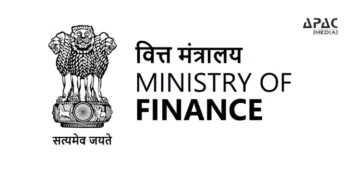



















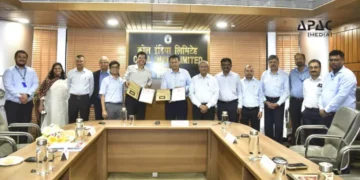
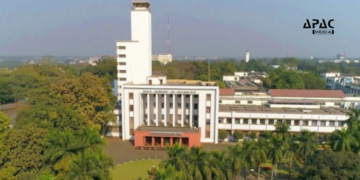

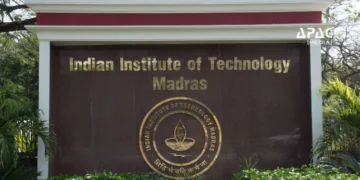

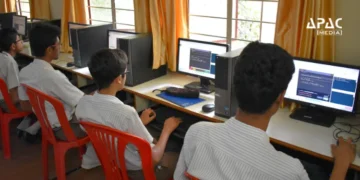


















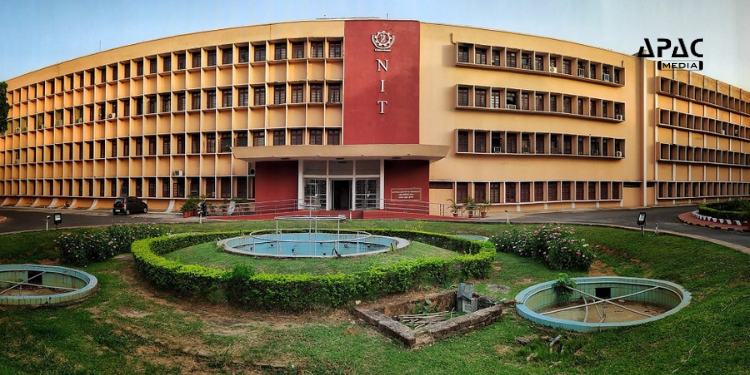













Discussion about this post